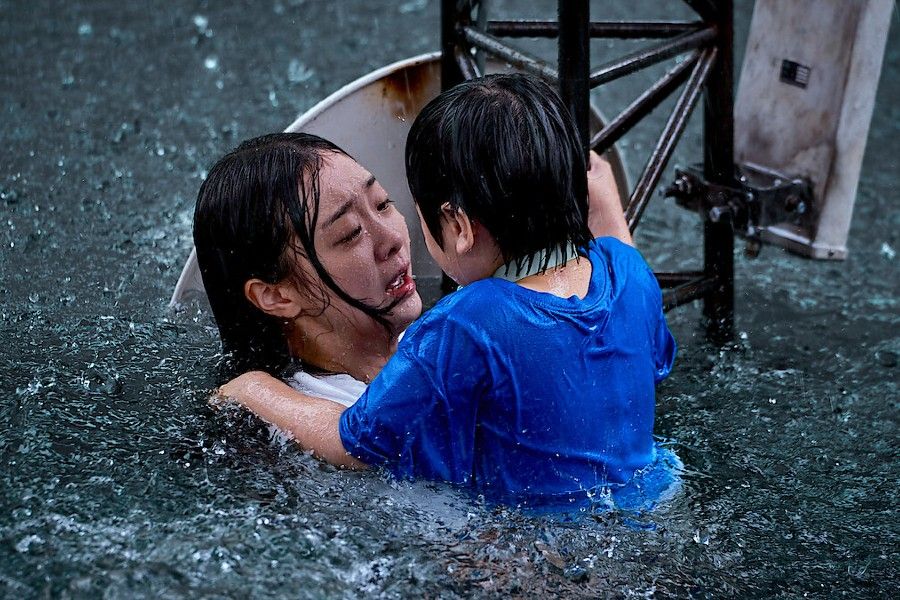
Getting your Yard Ready for Cold Weather
- Nov 5, 2021
Fall has arrived and if you happen to live in a part of the country where you will end up with snow and freezing temperatures during the winter, you know that one big part of the fall season is getting your yard ready for the cold weather. Here are just a few tips as you start preparing for the winter weather in the months ahead.
Winterize Your Sprinkler System
If you live in an area where in-ground sprinkler systems are common and freezing temperatures are in your future, then you would be wise to winterize your system. This basically means you need to clear out any water in the sprinkler lines or valves before the first hard freeze. Why? Because water expands as it freezes and if you have water in your lines, they can burst with the freezing temperatures. You probably won’t know until spring when you turn on your system, but it can be a frustrating and expensive process to fix. Fortunately, it’s easy to avoid. Simply clear out your system with an air compressor, drain the backflow, shut off the valves, and let your system hibernate until spring.
One key step that I have missed myself. Many sprinkler systems have an above-ground valve system where the water line comes out of the house to feed the system. There are various valves you will shut off and what is called a backflow preventer. You should buy an insulated cover to go over the backflow preventer during the winter. The backflow preventer has some plastic parts in it that can easily become brittle and crack during a cold snap. You’ll find out the moment you let water back into your system. It’s a simple repair that you can do after a quick trip to Home Depot for a new valve, but who wants the hassle? Put the cover on it and you should be able to simply turn on the water and have your sprinkler system running normally in the spring.
Prune Back Certain Plants
Should you prune back your plants in the fall? Yes. And also No. Certain plants respond well to being cut back before winter. But, the key is to know which plants need this attention and when is the best time to prune. Many perennial plants are best cut back after the first light frost. However, other plants respond best to late winter pruning. And some should be left alone until spring and only pruned at that time. Great! Here’s a quick guide to some common plants.
Cut back in the fall - Peonies, Hostas, Iris, Daylilies, Hollyhocks, ornamental Grasses. You can also trim dead limbs on most any plant in the fall, which is a good practice, since it may fall off during the snowy months.
Cut back in the winter - certain Shrubs, except those that bloom in the spring, fruit trees (late winter)
Cut back in the spring - various Evergreens, summer flowering shrubs, and fruit trees (early spring)

Don’t cut them back - Forsythia, Lilac, Quince, Azaleas, and other plants that bloom in the spring and then form buds in the summer that are meant to survive the winter. Also be careful pruning Roses and other blooming flowers after the cold weather arrives. In these plants, pruning can stimulate new growth and you want the plants to go dormant for the winter.
Aerate your Lawn
Getting your lawn aerated can get it ready for a good winter fertilizing and seeding. You can either rent an aerator from a local garden store (Home Depot, etc.) or hire a landscaping company to do it for you. One quick note. If you have an in-ground sprinkler system, it is smart to put flags on any sprinkler heads in the middle of your lawn. If the aerator happens to land right on top of a sprinkler head, you will be replacing it in the spring.
Fertilizer and Grass Seed
Find a good winter fertilizer along with a seed mix and spread it across your lawn after having it aerated. This lets the fertilizer and seed get into the soil more easily, helping it do its job. Always be careful about over-fertilizing, which can damage your lawn.
Leaf Cleanup
Last, but definitely not least, is leaf cleanup. Depending on the types of trees you have in your yard, this could be a bigger or smaller project. Personally, we typically end up with over 20 bags of leaves every year. Yeah, that’s not fun. You can use your lawnmower to mulch up early fall leaves which tend to come down slowly in many places. But, once a big drop occurs, and you have several inches of leaves throughout your yard, it’s time for the rake. At that point, it’s time to either bag your leaves or create a burn pile (if you live somewhere that this is allowed). If you need to back up your leaves, you might consider a leaf mulcher. I bought one this year, but haven’t had a chance to use it yet. Stay tuned for a review!






